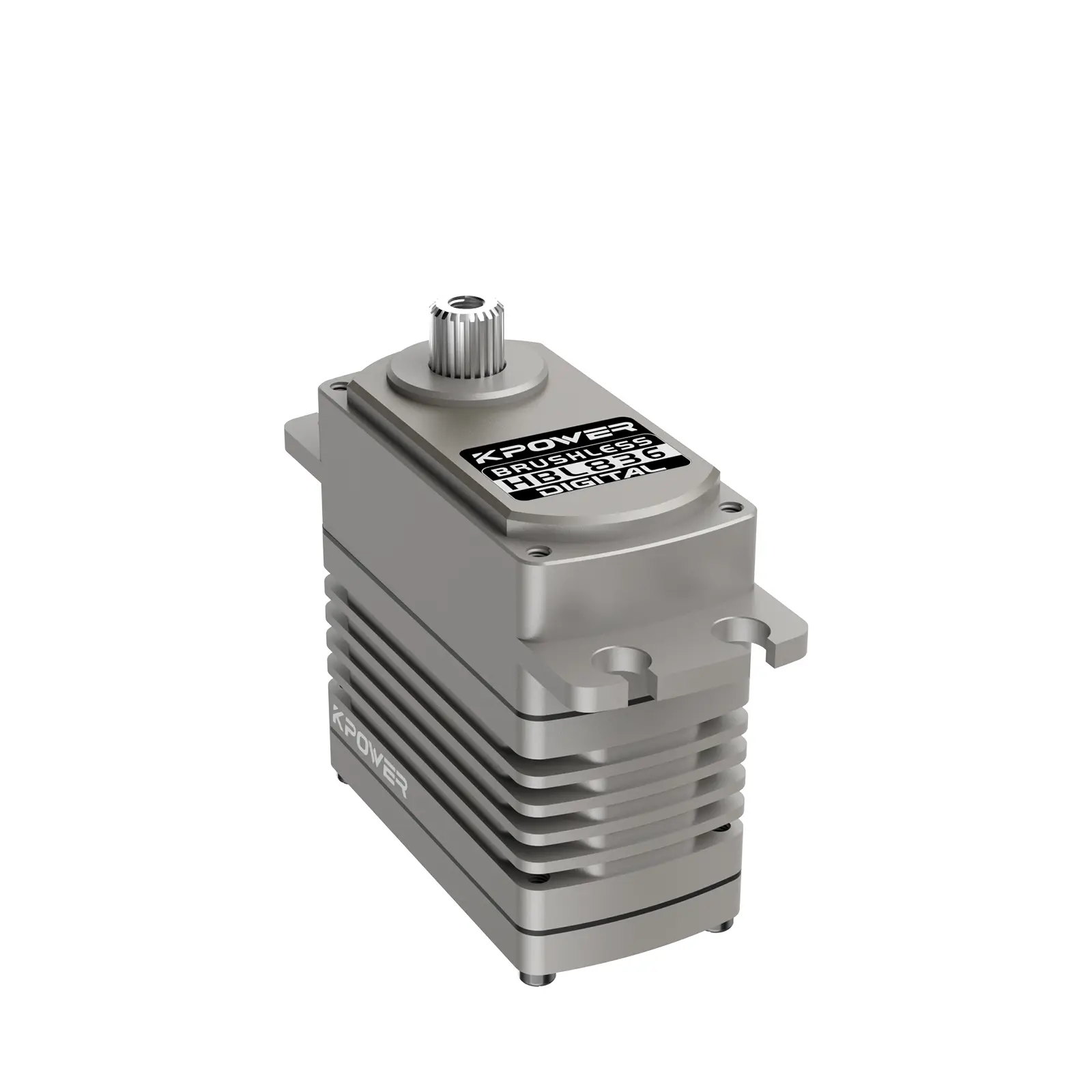Looking to dive into the world of robotics or smart automation? Then understanding servo motors with Arduino might just be your next adventure. It's like giving your project a brain—precise, responsive, and surprisingly simple to implement.

Imagine you're tinkering with a small robotic arm. You want it to pick up and move objects smoothly. Maybe you’re curious about how to make it turn exactly 90 degrees or lift a tiny load with precision. That’s where servo motors come into play. They’re like the muscles of a robot—powerful, controllable, and compact. The magic happens when you connect them with an Arduino board, which acts like the nervous system, telling the servo exactly what position to hold or move to.
You might wonder, "Why choose a servo motor over other motors?" For starters, their closed-loop control system means they know exactly where they are. If you tell a servo to turn 45 degrees, it’ll stop exactly there, no guesswork involved. Plus, they’re great for projects that need accurate position control—like camera stabilizers, automated blinds, or even robotics arms that mimic human motion.
Getting started isn’t a puzzle. Usually, a servo motor comes with three wires—power, ground, and signal. With a few lines of code, you’re set. Tell the Arduino what angle you want, and the servo motors will jump to it. It’s almost magical watching a tiny motor respond with such precision. And because they don’t need complex driver circuits, they’re beginner-friendly but still offer lots of room for advanced control.
Let’s say you’re building a small robotic vehicle. You can set each wheel’s servo to steer, turning left or right, based on simple sensors or your code. Or imagine a model crane lifting tiny loads. The possibilities pile up quickly. They’re not just toys; they’re tools for innovation.
Curious about power? Most servo motors run comfortably on 4.8V to 6V, but be wise with your power supply—overloading can make them stall or even burn out. Quality servos can handle more torque but often cost a little extra. Picking the right one depends on your project’s needs.
In essence, mastering servo motors with Arduino isn’t just about flipping some switches; it’s about understanding how to link movement and control seamlessly. That synchronization creates projects that feel alive, almost as if they have a mind of their own. And as you tinker, you'll find that the boundary between imagination and reality gets blurrier—your ideas jumping out of sketches into real, functioning prototypes.
So, why not start today? Dive into a kit, connect a servo, load up a sketch, and watch your creation come alive. It’s a journey that’s as rewarding as it is fun. And with a little patience and experimentation, you’ll find yourself building things that once only existed in your dreams.
Established in 2005, Kpower has been dedicated to a professional compact motion unit manufacturer, headquartered in Dongguan, Guangdong Province, China. Leveraging innovations in modular drive technology, Kpower integrates high-performance motors, precision reducers, and multi-protocol control systems to provide efficient and customized smart drive system solutions. Kpower has delivered professional drive system solutions to over 500 enterprise clients globally with products covering various fields such as Smart Home Systems, Automatic Electronics, Robotics, Precision Agriculture, Drones, and Industrial Automation.




































